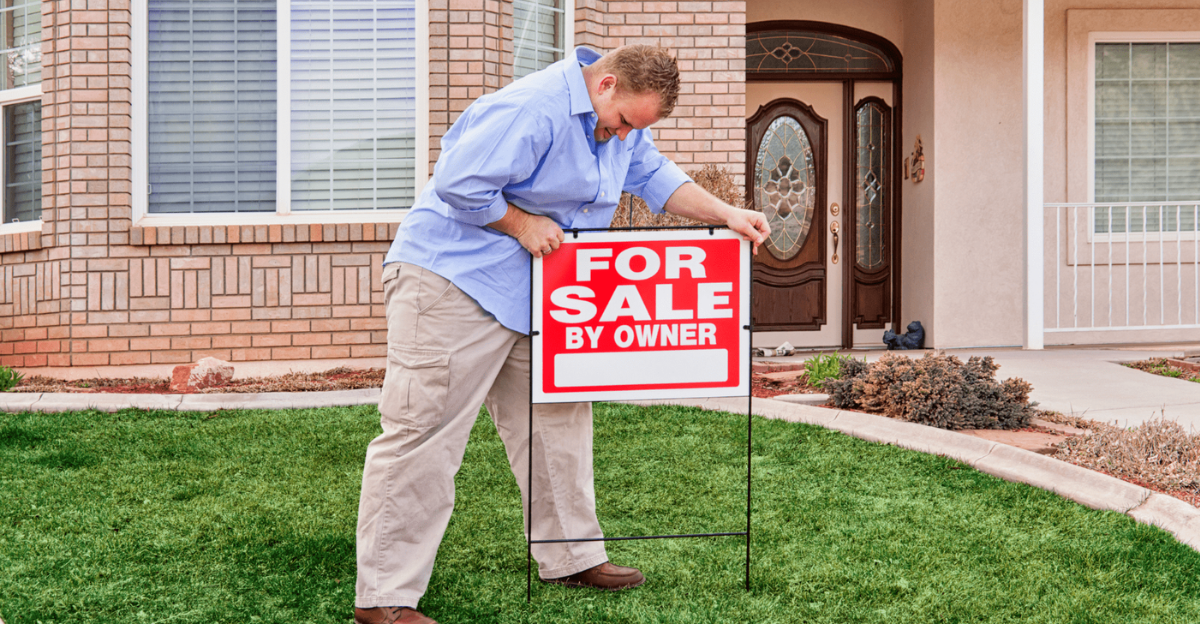
You can feel it in the air—or perhaps in the “For Sale” signs sprouting like spring dandelions. American neighborhoods are changing.
More homeowners than ever are opening their front doors to potential buyers… but there’s no one waiting on the other side.
What’s driving this curious imbalance? And might this be the reset struggling buyers have been waiting for? Let’s take a closer look.
A Twist in the Script

For years, buyers battled for houses, frequently offering well above asking prices in the post-pandemic frenzy. But now? That script has flipped. Instead of buyers queuing up, sellers are piling in.
According to new Redfin data, there are now almost half a million more sellers than buyers. That’s a record-breaking shift—a signal that the property market has changed.
From Scarcity to Surplus
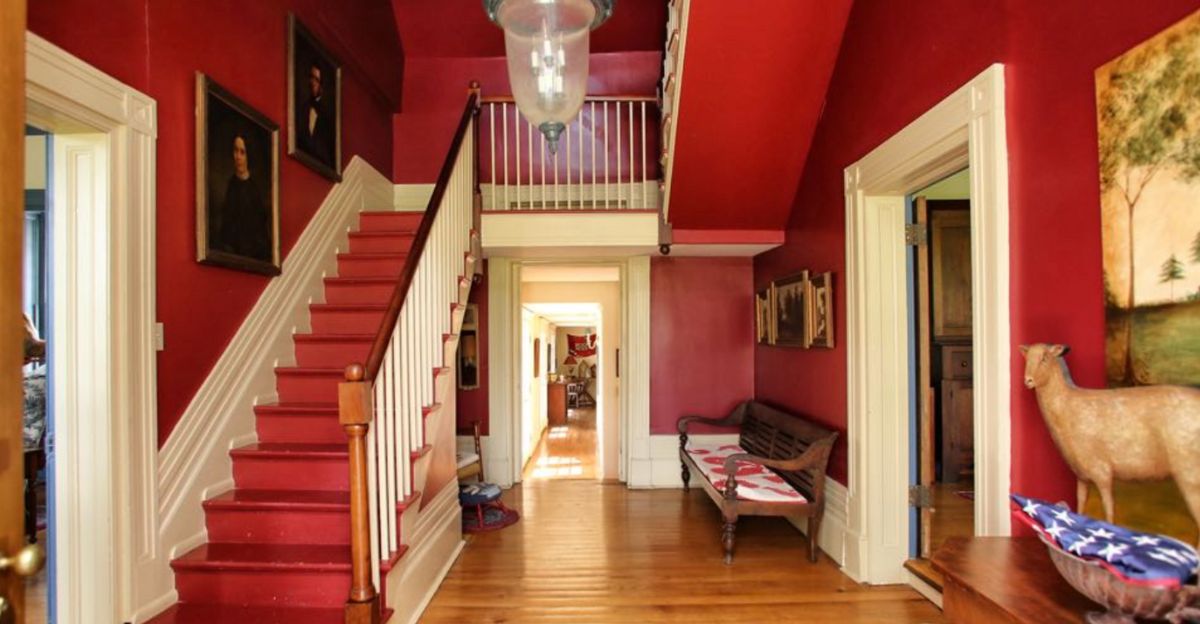
Scarcity recently defined the U.S. housing market. Homeowners were holding onto homes like lifeboats—particularly those with super-low mortgage rates.
But that scarcity is now yielding to a surplus. Why? Because homeowners are finally realizing that lower rates might not be coming back anytime soon. So they’re cashing out or selling at a loss—but they’re all doing it at the same time.
How Did We Get Here?

To grasp today’s market, we have to zoom out. Rock-bottom mortgage rates during the pandemic set off a homebuying frenzy. Prices skyrocketed.
Everyone panicked. But then, in 2022, the Federal Reserve raised interest rates to fight inflation, and that boom came to an abrupt end. The outcome? A housing market in purgatory, with many sellers hesitating—until now.
The Big Let-Go

Homebuyers waited. But patience wore thin by late 2024. People feeling restless or sitting on second homes figured they couldn’t wait any longer. They listed their homes for sale, even with rates still high.
And, fair enough—get in, get out—the market they came back to wasn’t the same market they’d left behind. It had slowed. There were fewer buyers. More cautious buyers. Less desperate buyers.
Buyers Hit the Brakes

Buyers must now come to grips with a new reality. Mortgage rates are at around 6.7%, almost double what they were at the peak of the boom.
Add to that inflated housing prices—with average prices now well above $430,000—and potential homeowners are balking, budgeting more cautiously, or backing out altogether. They haven’t disappeared. They’ve simply slowed, even as inventory grows all around them.
The Numbers Don’t Lie

Redfin says that in April 2025, nearly 1.94 million homes were on the market—but only about 1.45 million buyers were actively looking.
That’s a gap of 33.7%. A year ago, that gap was just 6.5%. In 2023, buyers actually outnumbered sellers. This sudden turnaround indicates more than mere market fluctuation—it points to underlying economic changes.
What This Means for Prices
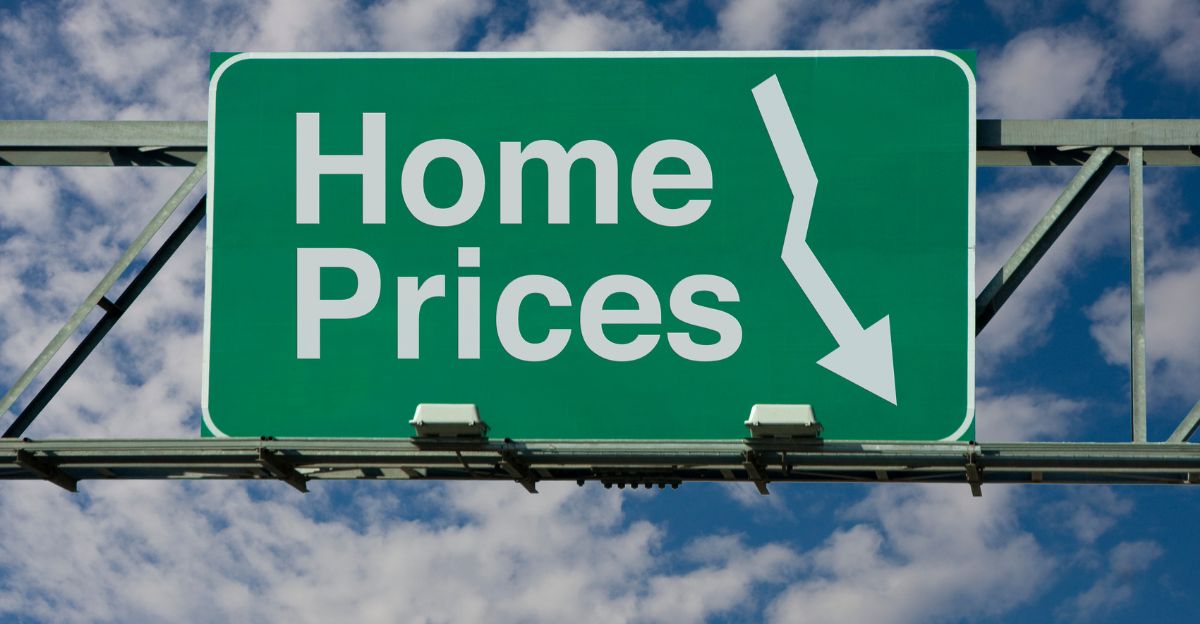
When sellers so dramatically outnumber buyers, prices can’t help but feel the pinch sooner or later. Already, houses are sitting on the market longer—44% of April listings had been listed more than two months.
Not a pretty picture, right? To attract offers, many sellers are cutting their prices or throwing in extras such as concessions or repairs. Frenzied bidding wars? Long gone.
Condos Bear the Biggest Brunt

The imbalance is worst in the condo market, with 83% more sellers than buyers. Why the exodus? In states like Florida, increasing HOA costs and new safety laws have prompted many owners to list.
But with so many listings, prices are leveling off. Condo prices increased just 0.4% over the last year—vs. 1.5% for single-family homes.
The Psychology of Sellers

Not every seller is prepared to hear the music. Some are still hoping that their homes will command top dollar, as they would have in 2021.
But as Redfin’s senior economist Asad Khan says, that could be wishful thinking. The market has shifted, and more sellers will have to moderate their expectations soon—or be left behind with a stale listing and a mounting bill.
A Buyer’s Market—Sort Of
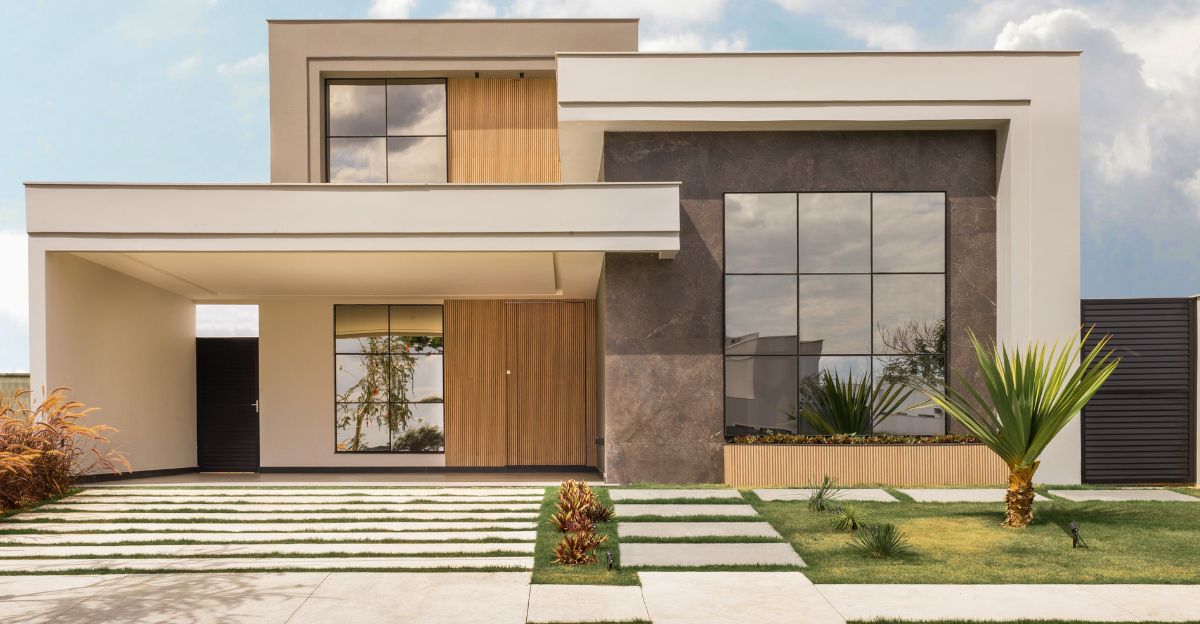
It’s difficult not to call this a buyer’s market, full stop. Buyers can negotiate more, ask for repairs, and even push prices down.
But with inflated mortgage rates still on the table, it’s not quite easy street. Affordability is still an issue, particularly for first-time buyers trying to break into a market that still seems pricey—just less crazy.
Regional Realities

National averages reveal only half the truth. In certain locations—Daytona Beach, Florida, for one—the change is unmistakable.
Agents report buyers scoring homes for 5% below asking, with $10,000 in seller concessions. But in other markets, demand is resisting more firmly, particularly in locations where there is no new construction or where renting is still expensive. It’s patchwork, not a perfect picture.
What’s Next for the Market?

Redfin now expects U.S. home prices could actually fall slightly by the end of 2025—a modest 1% drop. That’s a long way from the double-digit jumps we’ve seen recently.
But short of a drop in rates or a big jump in wages, the market is probably going to remain in this odd stalemate: more supply than demand, but not affordable enough for everyone to get in.
The Takeaway
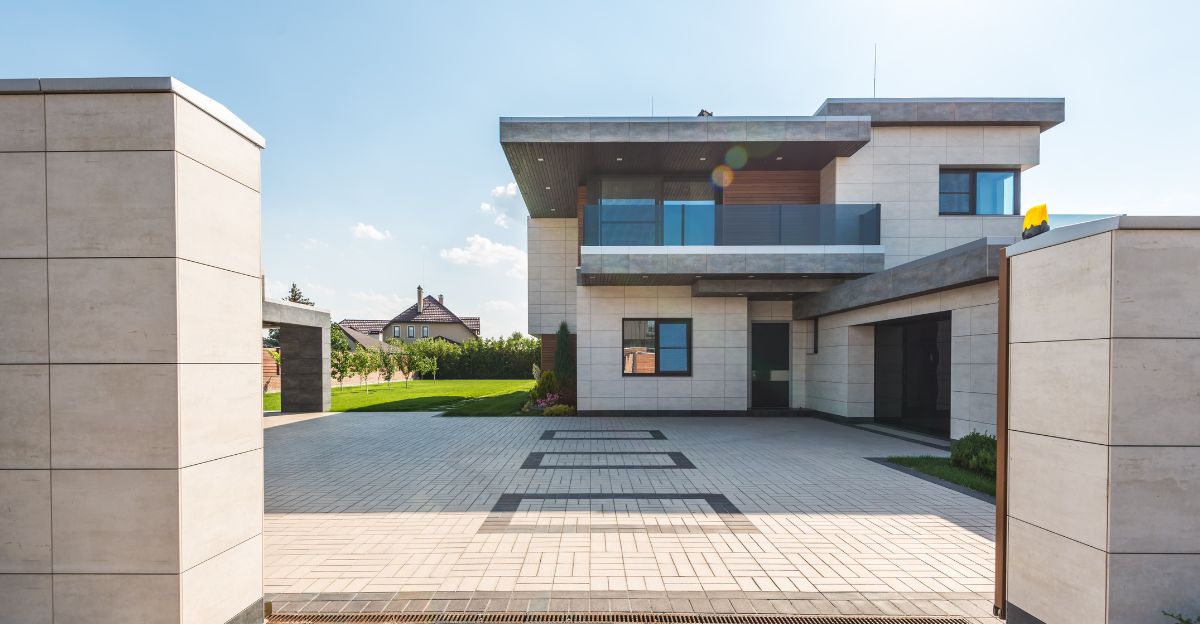
More Americans are selling—but that doesn’t mean buying has gotten any easier. This isn’t a crash. It’s a long-overdue correction. For buyers, the shift could bring leverage.
For sellers, it’s a reality check. And for everyone watching from the sidelines, it’s a reminder that in real estate—as in life—timing is everything. The question now? Who’s ready to make the next move?
Discover more trending stories and Follow us to keep inspiration flowing to your feed!

Craving more home and lifestyle inspiration? Hit Follow to keep the creativity flowing, and let us know your thoughts in the comments below!
